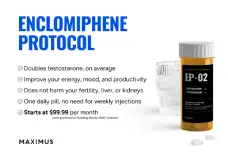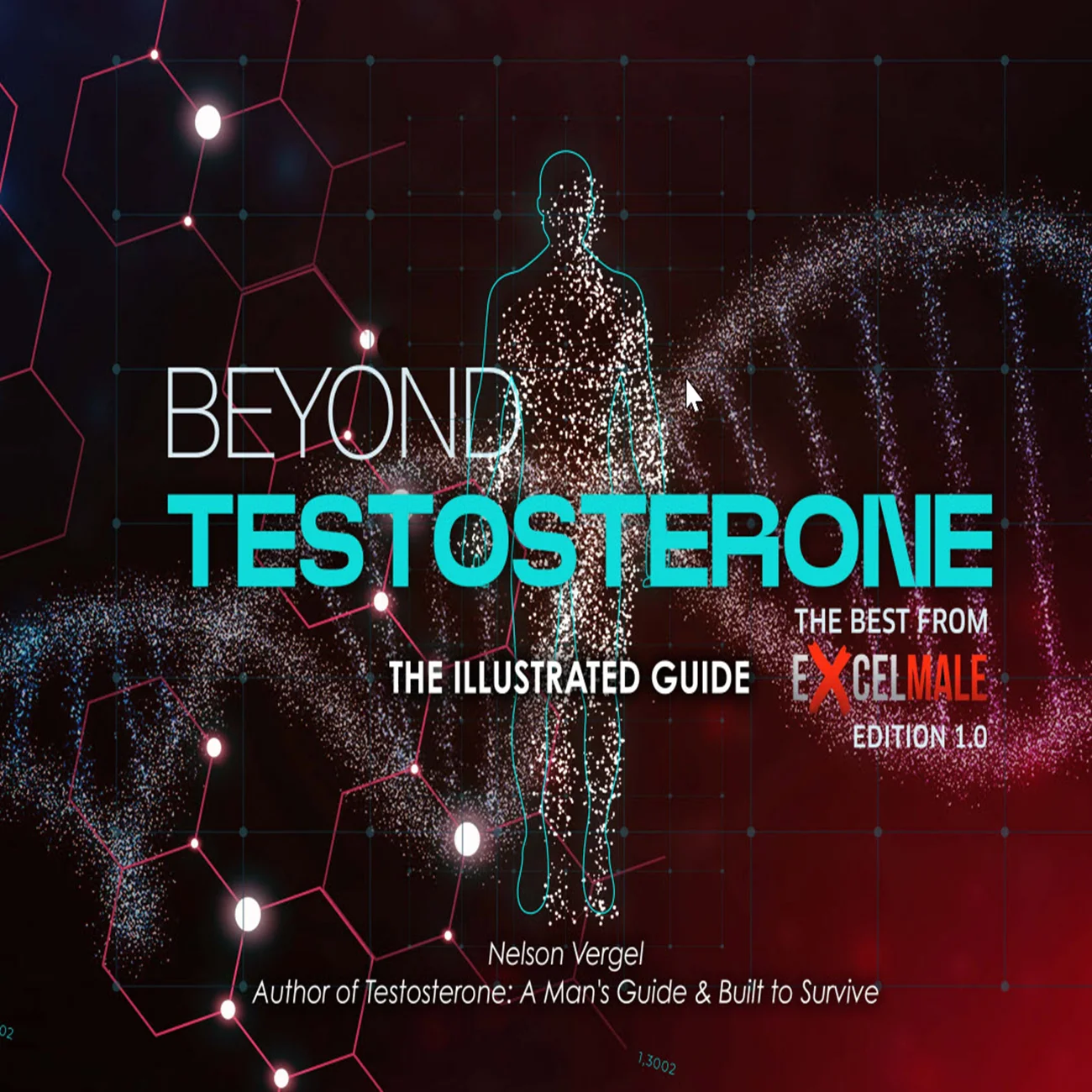madman
Super Moderator
Background
Data on the efficacy of at-home capillary testing is limited. We compared 9 fertility-associated analytes [anti-Müllerian hormone, follicle-stimulating hormone, free thyroxine, luteinizing hormone, estradiol(E2), prolactin, sex hormone-binding globulin, thyroid-stimulating hormone, and total testosterone (T)] to assess concordance between venous and capillary tubes and the impact of serum separator gel.
Methods
Two trials were conducted. The first (trial 1) used 34 paired blood samples taken from 13 participants collected into 2 capillary storage tubes: serum clot activator tubes (cS-CAT) without serum separator gel and serum separator clot activator tubes (cSS-CAT) with serum separator gel. Trial 2 collected 27 sets of 4 blood samples from 26 participants into cS-CAT, cSS-CAT, venipuncture serum clot activator tubes (vS-CAT) without serum separator gel, and venipuncture serum separator clot activator tubes (vSS-CAT) with serum separator gel. Measurements of the analytes were log-transformed, and each tube type was compared via paired t-tests.
Results
Significantly lower measurements for both E2 and T (13% and 8%, respectively) were observed for cSSCAT compared to cS-CAT. Differences were greater between cSS-CAT and vSS-CAT (17% and 11%) and greatest between cSS-CAT and vS-CAT (19% and 14%). No significant differences were observed for the other 7 analytes nor when comparing cS-CAT to vSS-CAT. Additionally, conversion formulas were developed to adjust E2 and T measurements between the most divergent tube types.
Conclusions
Capillary blood collection tubes with gel systematically lower E2 and T measurements, showing discrepancies with venous blood collection tubes. These effects did not impact other analytes.
Study Limitations and Future Work
We acknowledge that there are some limitations to this study that may impact the interpretation of results. Samples were collected remotely, resulting in a lag time of 24 to 72 hours between sample collection and assaying. Future studies require standardization of the time between sample collection and assay given the evidence of a time dependent interference of serum separator gel and, to a lesser extent, clot activator on E2 and T measurements in capillary tubes. Given previous evidence of similar effects in other sex steroid hormones, further investigation of analytes such as androstenedione and progesterone is warranted, as serum separating gel may similarly impact their measurement (23). It is also important to acknowledge that an increased number of samples and data points may improve precision when estimating the magnitude of the effect. Additional experiments to recover E2 and T from serum separator gel would be beneficial to verify the impact of this blood collection tube component. We recognize the limitations of the conversion formulae presented, as they were derived from samples collected in our study and have not been rigorously tested for known sources of preanalytical variability, such as differences in tube manufacturers and components, nor were the formulae validated against different storage conditions, including time and temperature (7). In order to confidently apply these formulae widely to all E2 and T measurements from capillary blood collected in gel containing serum separator tubes, the factors outlined here need to be thoroughly investigated.
However, key strengths of this study include it being the first to investigate the performance of capillary blood collection tubes for reproductive health and fertility assessment across a large number of commonly utilized analytes using data collected from a diverse distribution of analyte concentrations provided by human participants.












